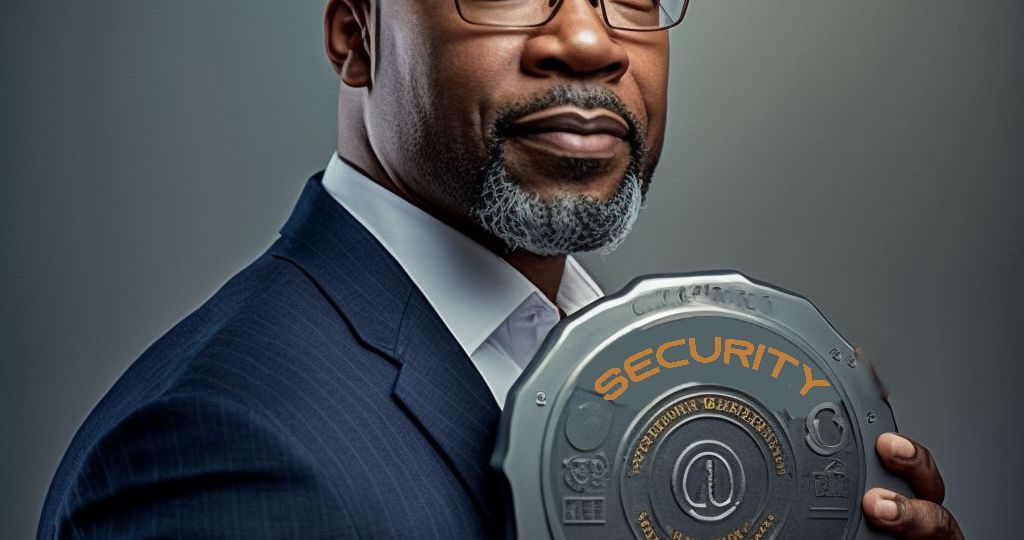
It’s hard to get around video calls and virtual presentations these days. While IT leaders can bow out of many nonessential meetings, some projects and urgencies require interactive collaboration. As a chief technology officer or chief information officer, you must be comfortable and confident on video—for yourself and your audience to get all you have to offer. Read on for tips on presenting more confidently in virtual meetings or even media interviews.

Preparing for Video Presentations: Tips and Tricks for IT Executives
Preparing for a crucial virtual presentation can feel nerve-wracking or even annoying if you don’t have a great system in place. With a reliable plan of action, however, you’ll feel confident, at ease and ready to knock your talk out of the park. So, how does a dependable system look?
- Practicing and rehearsing your presentation—including timing, pacing, setting a flattering camera angle and using any props—ahead of time. If your environment feels organized and top notch, it can subconsciously make you feel the same.
- Setting a dedicated space with lighting already in place and a background free of distractions.
- Having any props already in place.
- Familiarizing yourself with any new technology or multimedia plug-ins ahead of time.
- Printing a paper copy of your presentation notes in case tech fails when you’re live. A bulleted outline to keep you on track is fine. Having this printed the day before is ideal so you don’t have to think about it as you navigate your “day of” schedule.
- Anticipating anything that may have changed for your audience since you finalized your draft that might distract them from your talk. Address elephants in the room so your listeners can feel assured of your leadership and pay attention.

By having a plan that covers all these elements, you can focus on embodying your presentation and delivering it passionately rather than worrying about technical issues or other interruptions. Knowing you’ve done the “preshow” steps will boost your confidence.
Leveraging Technology to Enhance Your Video Presence
The good news is there are many handy tools to help you look and sound at ease on video. From the VODIUM teleprompter (which works without the need for extra equipment) to ring lights, audio boosters and even Zoom’s facial touch-up settings, there is a range of solutions to help you look and sound your best.
WATCH VODIUM in action:
Ring lights are portable, easy-to-use lights placed around the point of view of your camera to ensure your face is flattering and evenly lit. Traditional teleprompters are more ideal for large-scale events, as they can be big and cumbersome in small spaces. There are smaller teleprompters that can work with apps on your phone, but the VODIUM solution seems simpler if you don’t mind the text overlay on your screen.
Overcoming Fear and Anxiety in Virtual Presentations
Anxiety is normal if you’re not used to giving video presentations or being put on the spot on a virtual call. It’s typical even if you’ve given plenty of speeches before. The camera can add another layer of vulnerability that makes you more open to criticism or judgment. Don’t sweat it. As mentioned above, one of the best ways to overcome this anxiety is to prepare as much as possible.
Another way to minimize these feelings is to stand up instead of sitting (if you’re able). When you stand, your energy changes. You give off more authority and are free to use your body more openly than when sitting in a closed position.
Using props is another way to lessen anxiety because they momentarily take the spotlight off you and put it on an object. They can serve as visual metaphors to help you explain complex topics in an engaging way. The video below can show you how to use props effectively.
Confidence comes from mastery. If you commit to reading, studying and learning how to be more confident on screen, then you will. Doing these things doesn’t have to take a lot of time, yet they can make a tremendous difference in your performance going forward.
Being Aware of Body Language and Nonverbal Communication in Video Meetings
As an IT executive, your body language and nonverbal communication can significantly impact how you’re perceived during video meetings. Standing or sitting up straight and making eye contact with the camera is essential to project confidence. Avoid fidgeting or crossing your arms if you can (or at least be mindful and dial back). Instead, use open and confident gestures to convey your message. Research has shown that up to 93% of communication is nonverbal, including body language and facial expressions. To be effective on video, it’s important to be aware of the nonverbal cues you’re sending and how they might be perceived.
It’s important for you, as an IT leader, to communicate effectively on video. By preparing for video calls, leveraging technology, overcoming fear and understanding the importance of nonverbal communication, you can feel more confident and in control, and you can ultimately be more effective in communicating your message.
Projecting Your Voice and Image

It may sound obvious, but projecting your voice properly is key when trying to feel confident during video presentations. Make sure your voice is loud enough so everyone can hear clearly but not so loud it becomes distracting or annoying. The same goes for projecting yourself visually; ensure your camera angle shows off your best features without distracting anyone from what is being discussed as they focus too much on how you look instead of what is being said.
Feeling confident on video calls doesn’t happen overnight; getting comfortable takes time and practice. Sometimes it means abandoning old definitions of yourself as “not good on camera.” If you made that distinction years ago, it’s outdated anyway. You can GET GOOD now if you want to.
If you follow these steps, you can gain more confidence in virtual presentations, strengthening your perception of yourself as a strong, confident and well-articulated leader.

